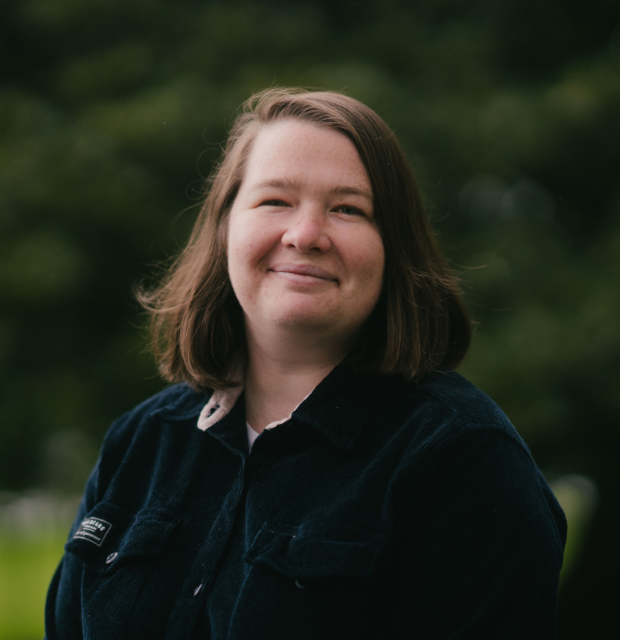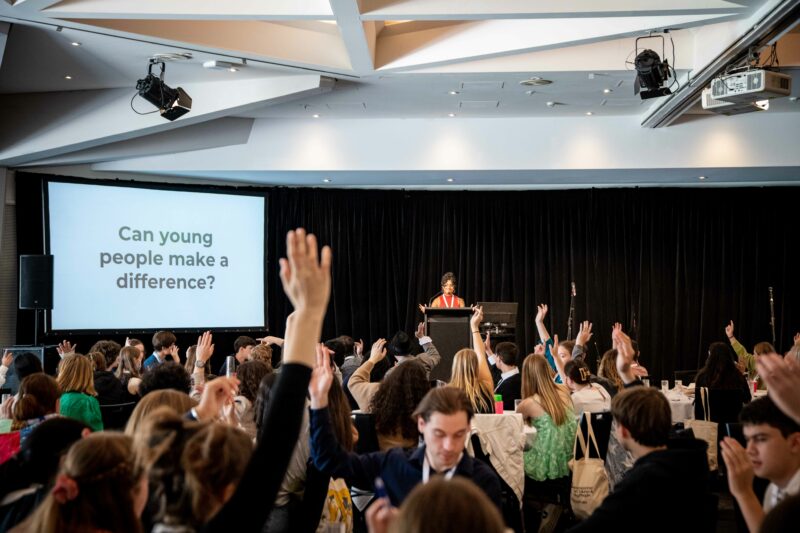What does a genuinely youth-led program look like? Young people feel genuine ownership and investment, and are empowered to give feedback, question assumptions, and suggest alternatives every step of the way.
While most schools might have some kind of Student Representative Council (SRC), most have limited control over the goals, with autonomy and power varying hugely from school to school.
Bringing together 150+ high school students from all over the state, the South Australian Student Representative Council (SA SRC) program backs young people to create a vision of what they want SA to look like.
By creating a priority agenda, students will advocate for change on issues that matter to them, and implement projects and initiatives that bring their schools and communities closer to that vision.
Beyond the usual suspects
The SA SRC brings together students who are passionate about the issues that are important to them from different backgrounds, schooling systems, and regions.
Applying as a pair or team of three, many students in the pilot SA SRC cohort have never been part of a school leadership program, so this is a brand-new opportunity to build skills and bring new perspectives to student-led advocacy.
Genuine control over decisions
We wanted young people to have genuine ownership over the SA SRC. That’s why a panel of 15 young people co-designed everything including the design of the brand, the recruitment process, the governance structures, and the projects they wanted to work on.
Our first suggestion came from a group of young people who said they would only feel comfortable applying for the SRC program as a group of two or three. We took this on board, and over 30 teams of students applied to be members of SA SRC.
A recruitment panel consisting of three young people was tasked with hiring a dedicated SA SRC staff member. They read CVs, shortlisted candidates, drafted and approved interview questions, conducted interviews, designed a final task, participated in the discussions, and ultimately determined the successful applicant. Embedding SRC members in the recruitment process ensured candidates understood that their job was accountable to SRC members, and a program that puts students front and centre.
So long as the idea was culturally safe, values aligned, and would work within our budget, we resolved that we would say ‘yes’ to new directions. And as these suggestions began to stack up, one thing became clear… building the SRC program is as important to young people as being a member.
So, what are the Council’s key campaigns?
Following the Summit, the key areas as defined by the students are:
- Supporting LGBTIQ+ students
- Education reform
- Anti-racism
- Sustainable and accessible transport
- Mental health and wellbeing
- Student voice
To help build and kick-start their campaigns or projects, students attended workshops about strategy, audience mapping, message development, and decision-maker engagement. All training materials and workshop schedules have been developed alongside members of the SRC, ensuring programs are continually responsive to and grounded in the needs and desires of young people.
“I have never been part of something like this where I know that our input is as important as the input of people running the program. It definitely makes me feel incredibly valued.” Kane Cody, 2022 SA SRC member.

